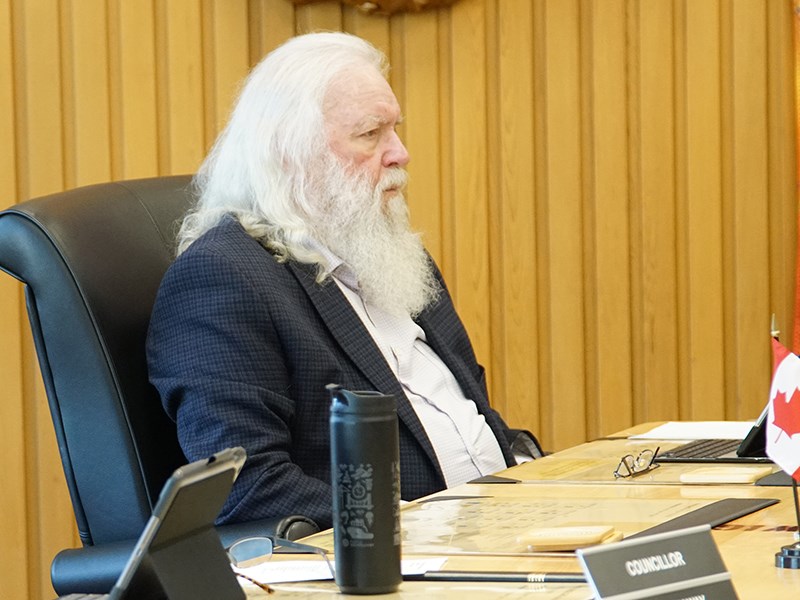City of Powell River councillors have passed the city’s five-year financial plan bylaw for 2020 to 2024.
At the May 14 city council meeting, councillors adopted the budget bylaw, which will feature a 4.7 per cent tax increase for the average Powell River residence.
Councillor George Doubt, chair of the city’s finance committee, said there had been lots of discussion on the financial plan and lots of public involvement.
“We’ve received quite a number of emails from people talking about it and it is part of keeping our community sustainable and viable and moving ahead,” said Doubt. “This is not going to be council’s last word on finances.
“I’ve talked to the chief financial officer, who I think is bringing a report to our council meeting next week about revenue and other impacts from COVID-19 on the community. It will report on some of the capital projects council may wish to defer.”
Doubt said the full impact of the pandemic is not understood.
“We are not going to, for some time, understand the full impact on city finances,” said Doubt. “That will be something that develops between now and July and later on through summer to understand what that really is. This five-year plan lays out a direction but it is not the final word. I support it and I hope others do.”
The financial plan was unanimously endorsed by council.
Council had until June 1 to finalize its five-year financial plan and submit it to the provincial government.
According to the bylaw, the Community Charter requires that every municipality must have a five-year financial plan adopted annually, by bylaw, before the annual property tax bylaw is adopted, and the financial plan must set out the objectives and policies of the municipality for the planning period in relation to the funding sources, the proportion of total revenue from the funding sources, the distribution of property value taxes among the property classes and the use of permissive tax exemptions.
According to the bylaw, in terms of proportions of 2020 total revenue, property taxation accounts for 31 per cent, parcel taxes account for five per cent, fees and charges add up to 15 per cent, government transfers add up to 45 per cent and other revenue accounts for four per cent.
In terms of property tax revenue, the residential rate levy adds up to $11,261,078, which is 59.6 per cent of the revenue. The residential flat tax adds $1,026,680, for 5.4 per cent of the total property tax.
Utilities account for $44,784 in taxes.
The property tax revenue for major industry is $6,033,258, minus the revitalization tax credit of $2,895,288, for a total of $3,137,970 from major industry. This accounts for 16.6 per cent of the tax base.
Light industry provides $85,543, while business provides $3,256,187 of city property tax revenue, which is 17.2 per cent of the tax base.
Managed forest land accounts for $21,840, recreation/non-profit provides $73,313 and farm provides $574.
This adds up to a total of $18,907,969 in property tax revenue.
In terms of where money goes, general government services amounts to $4,896,590, protective services costs $7,485,282, transportation services amounts to $5,787,192, environmental and public health expenses are $625,737, environmental development costs $1,899,696, recreation, parks and cultural is $6,795.089, the water utility costs $1,855,843, the sewer utility is $2,588,673, fiscal service debt interest is $510,054, and amortization is $3,145,387.



